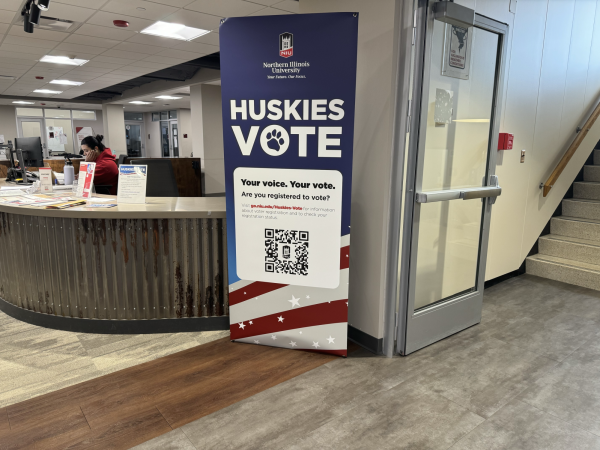NEA: Teachers’ salaries too low
April 3, 1989
Alaska might have been the 49th state admitted to the union, but according to the National Education Association, that state ranks first in public school teacher salaries.
The average salary for a teacher in Alaska this year is $41,693.
Connecticut, New York, California and Michigan round out the list of the five states paying the highest salaries for teachers. South Dakota has the lowest paying salary for teachers at $20,480. The average salary for public school teachers nationwide is $29,567.
The average teacher salary in Illinois from 1988 to 1989 is $31,195, an increase of more than $1,500 from 1987 to 1988.
Mary Hatwood Futrell, NEA president, said that while teachers’ salaries appear to have increased, the increase is not much when inflation is taken into account. The average teacher’s salary has grown by 12 percent throughout the 1980s when salaries are adjusted for inflation, she said.
“Teacher salaries have not increased significantly. If we are to remain competitive in the domestic and international markets, we must ensure that our teachers are the very best available and compensate them with professional level salaries,” Futrell said.
The NEA estimates the average beginning teacher salary is $18,500. The average teacher has a master’s degree and has been teaching for 15 years, she said.
Alfonzo Thurman, associate dean of NIU’s College of Education, said, “I agree with her (Futrell) 100 percent. Salaries for too many years have been too low, whether you’re taking into account an individual with a bachelor’s degree or an individual who has a master’s degree.”
The NIU College of Education has about 1,700 undergraduate students and about 2,900 graduate students currently enrolled.
Joan Greening, associate director of NIU’s Career Planning and Placement Center, said a follow-up report sent to NIU graduates showed that about 52 percent of NIU education graduates are teaching in Illinois.
Of those working, 3 percent are teaching outside Illinois and 10 percent are teaching part-time. Of those yet to join the work force, 7 percent are enrolled in graduate school and 10 percent are still looking for a job.
George Kubat, assistant director of the Career Planning and Placement Center, said there is a higher demand for teachers today than in the past 10 years. California, Arizona, Texas and Florida are the states that need teachers most, he said, adding that there is a major need for special education teachers.
There also is a nationwide demand for math, science, English and music teachers, as well as student counselors, he said.












